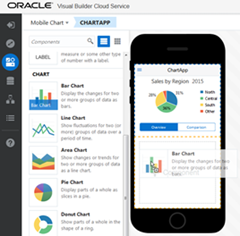Low-code tools have evolved to support more complex applications and are being more widely adopted by professional developers, even as they maintain their appeal to the “citizen developer.” But the two sets of users won’t be satisfied by the same set of features.
Some low-code development tools (like those from Salesforce.com and Zoho) originated as tools for business users; others (Outsystems and Oracle) as tools for developers. While the type of applications you create with each might look similar, differences in the development experience play an important role in their adoption.
While the potential productivity gains of low code are real and earning lots of attention, professional developers bring higher expectations from their development platform than business users, based on best practices they developed over the years. We have experienced this with our own development teams as they’ve adopted an Oracle low-code platform for building Oracle’s SaaS set of apps. Based on our experience, we wanted to share tips that can help your development team adopt low code for enterprise-scale apps. In determining whether the adoption of low-code tools will go smoothly with professional developers, consider these five criteria. Read the complete article here.
For regular information become a member in the Developer Partner Community please register here.
![]() Blog
Blog ![]() Twitter
Twitter ![]() LinkedIn
LinkedIn ![]() Facebook
Facebook ![]() Meetups
Meetups
Technorati Tags: PaaS,Cloud,Middleware Update,WebLogic, WebLogic

